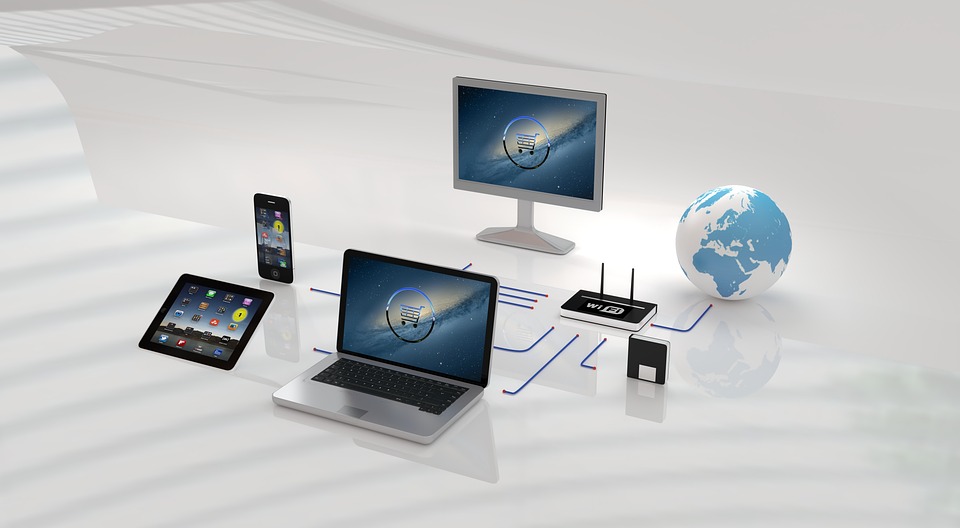In the rapidly evolving world of web development, the demands for flexible, scalable, and customizable solutions are higher than ever. From dynamic content delivery to multi-channel distribution, traditional content management systems often fall short when it comes to meeting the diverse needs of modern developers and businesses. Enter headless content management systems (CMS), a revolutionary approach that separates content from its presentation layer, allowing developers to create seamless experiences across multiple platforms. Today, we will explore how headless CMS integration, specifically with tools like Strapi and Contentful, empowers developers to unlock unparalleled flexibility in front-end development.
What is a Headless CMS?
A headless CMS is a backend-only content management system that allows developers to manage and deliver content without being tied to a specific front-end framework or template. In a traditional CMS, the front-end and backend are tightly integrated, which can lead to limitations in design and functionality. In contrast, headless CMS solutions provide a structured API that enables content to be delivered to any device or platform, whether it’s a website, mobile app, or IoT device.
Strapi: A Developer-Friendly Open-Source Solution
Strapi is an open-source headless CMS that prioritizes developer experience and flexibility. Here’s how it stands out:
1. Customizable API
Strapi generates RESTful or GraphQL APIs automatically based on the content types you define, making it incredibly easy for developers to fetch and manipulate content. This means you can tailor the API to suit your project’s specific needs and even add custom logic to enhance functionality.
2. No Vendor Lock-In
With Strapi, developers can host their CMS on their preferred infrastructure, whether it’s on-premises, in the cloud, or even on serverless platforms. This eliminates concerns about vendor lock-in and ensures control over the content and its delivery.
3. Rich Plugin Ecosystem
Strapi boasts a wide array of plugins that can extend its functionalities, from user authentication to SEO optimization. This modular approach allows developers to implement features as needed without bloating the project.
4. Intuitive Admin Panel
The intuitive admin panel and user-friendly interface of Strapi make it easy for content creators to manage content without needing in-depth technical knowledge. This ensures that the content team can operate efficiently, freeing developers to focus on coding rather than content management.
Contentful: A Cloud-Native Headless CMS
Contentful is another powerful headless CMS that offers a scalable, cloud-native solution designed for enterprises seeking flexibility and speed. Here’s what makes Contentful a formidable choice:
1. Content Modeling
Contentful enables developers to create custom content models tailored to their applications. This means you can define how content is structured, including fields, references, and validation rules, ensuring that developers and content creators work seamlessly together.
2. Powerful API
With robust REST and GraphQL APIs, Contentful allows developers to easily access, deliver, and update content across platforms. The APIs are optimized for performance, ensuring that applications load quickly and efficiently, regardless of scale.
3. Multi-Environment Support
Contentful supports the use of multiple environments, allowing developers to work in staging, development, and production without impacting live content. This facilitates safe experimentation and testing of new features, ensuring a smoother deployment process.
4. Excellent Collaboration Tools
Contentful comes equipped with collaboration tools that make it easier for teams to work together. Content creators, designers, and developers can all access the same system, streamlining the workflow and improving communication.
Benefits of Headless CMS Integration
Integrating headless CMS solutions like Strapi and Contentful into your development workflow comes with several noteworthy benefits:
1. Agility and Speed
With a headless CMS, teams can work in parallel on content and front-end development. Developers can create complex user interfaces without worrying about how the content will be structured or displayed, leading to faster project completion times.
2. Multi-Channel Content Delivery
Content can be reused across different channels, allowing for a consistent brand experience. Whether it’s a web app, mobile app, or smart device, headless CMS enables content to be served wherever it’s needed, seamlessly.
3. Enhanced User Experience
Headless CMS lets developers leverage modern frameworks like React, Vue, and Angular to create rich, immersive user experiences. By separating the content delivery from presentation, you can implement state-of-the-art front-end technologies that enhance user interaction.
4. Future-Ready
As technologies evolve, so do consumer expectations. Headless CMS provides the agility necessary to adapt to new trends and tools, ensuring that your content management solution remains relevant and competitive in an ever-changing digital landscape.
Conclusion
In conclusion, the rise of headless CMS solutions like Strapi and Contentful is revolutionizing web development by offering unmatched flexibility and control in front-end development. By decoupling the content management from presentation, developers can create dynamic applications that meet diverse user needs while future-proofing their projects. As businesses continue to seek innovative ways to engage their audiences across multiple platforms, embracing headless CMS technology may no longer be an option but a necessity for success. Embrace the future of content management today—explore the possibilities that a headless CMS can unlock for your development team!


![Case Study: How [Company Name] Leveraged Headless CMS for Transformation Case Study: How [Company Name] Leveraged Headless CMS for Transformation](https://oortxmedia.com/HeadlessCMSIntegration/wp-content/uploads/2024/09/web-design-1953129_960_720-150x150.jpg)
